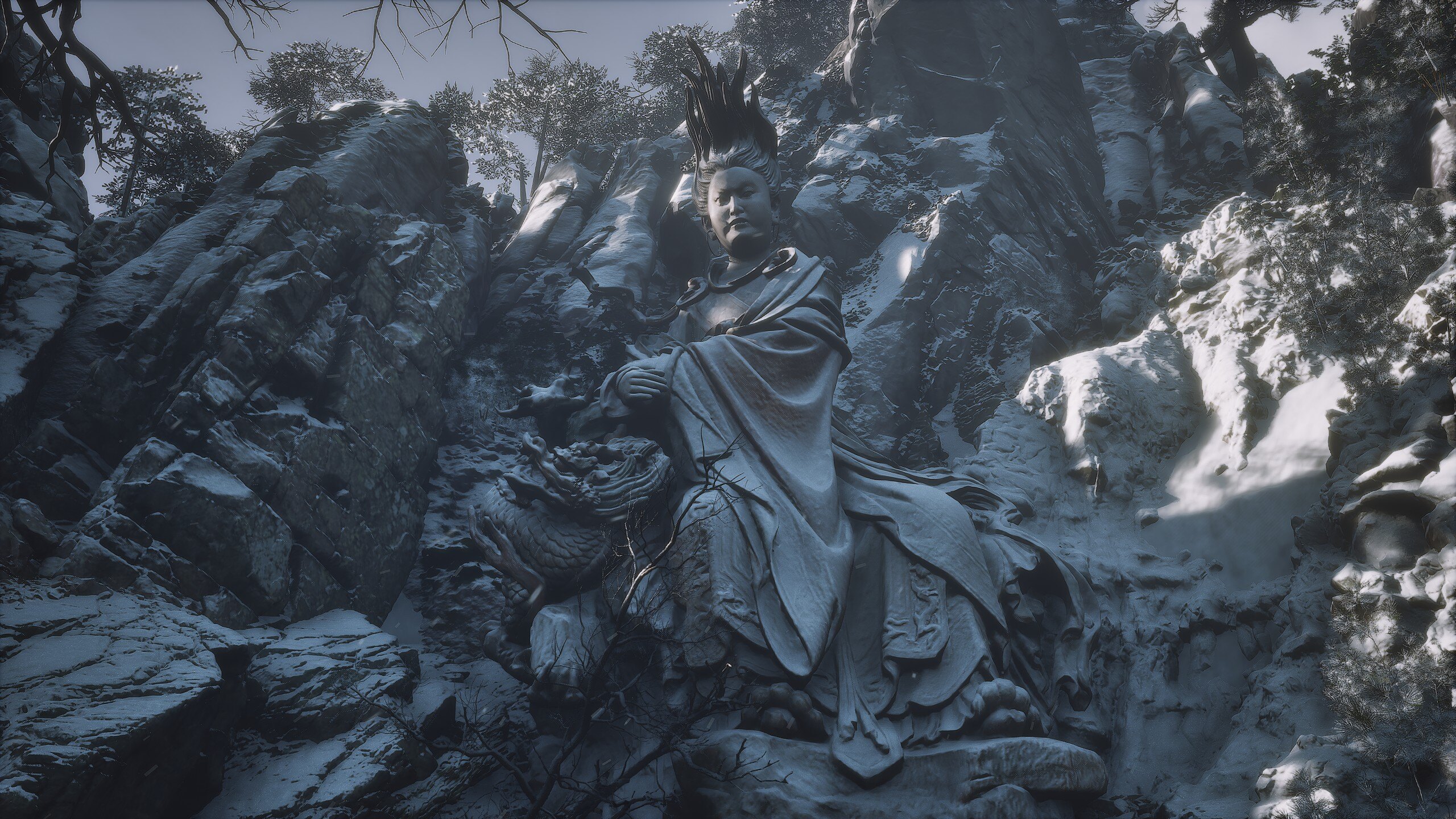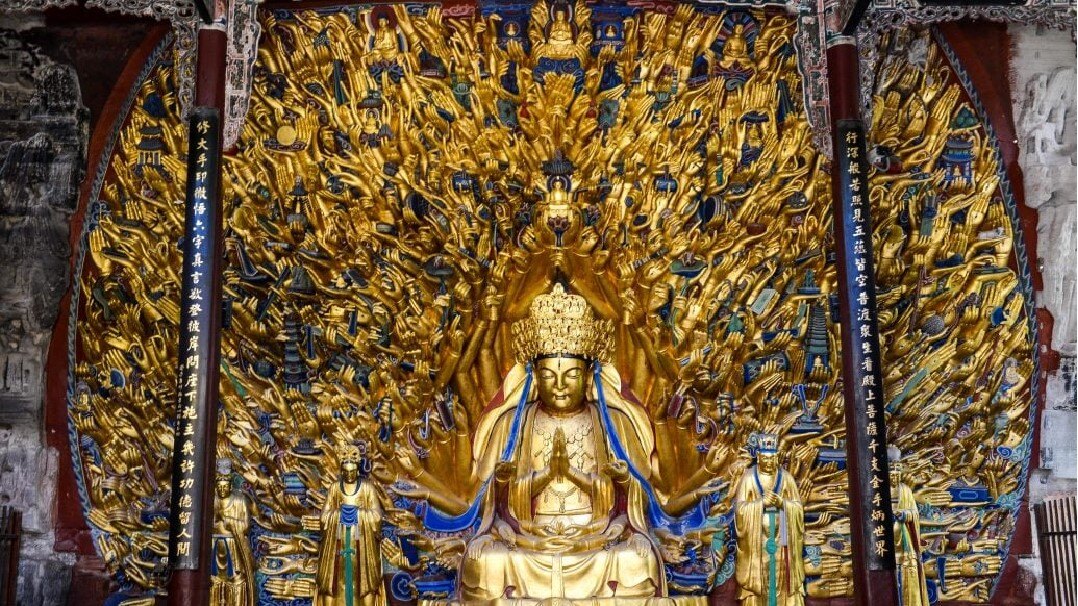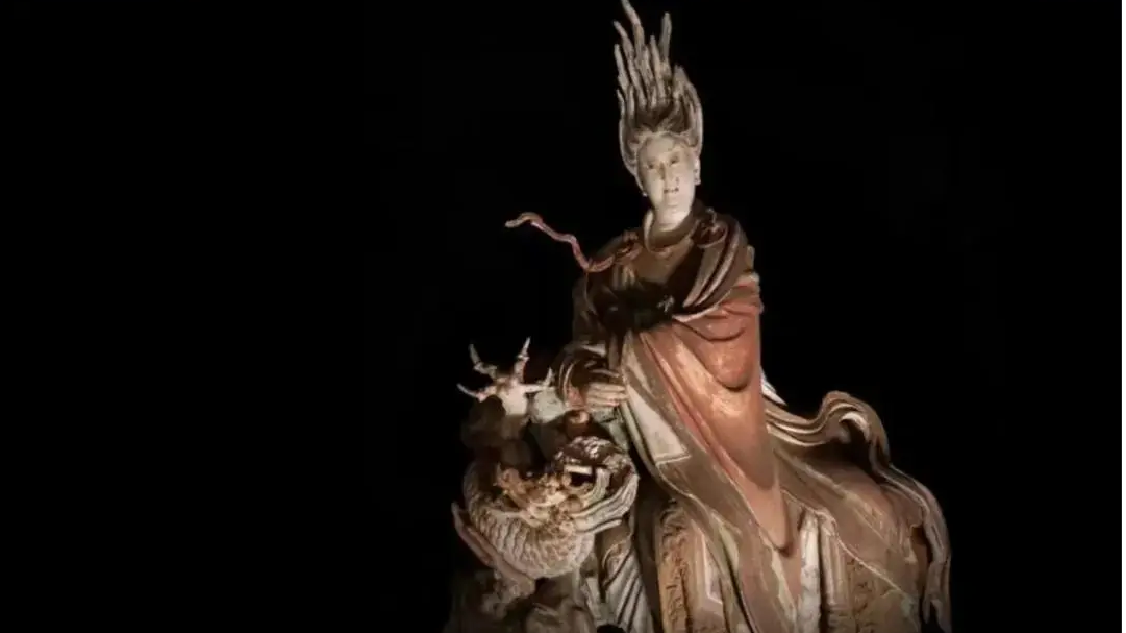
CASE STUDIES
Published on Sep. 2nd 2024
How Black Myth: Wukong Turned China's Historical and Cultural Heritage into Realistic Game Digital Models through 3D Scanning Technology
This case study explores how the game developers utilized advanced 3D scanning technology to bring the ancient world of China to life within the game, creating a digital experience that is both visually breathtaking and culturally authentic.
Black Myth Wukong is a groundbreaking action RPG that has created a buzz at home and abroad. The game has attracted many players due to its visual design and fusion of traditional Chinese culture and worldview construction. This case study explores how the game developers utilized advanced 3D scanning technology to bring the ancient world of China to life within the game, creating a digital experience that is both visually breathtaking and culturally authentic.
Black Myth: Wukong
The game was released on August 20, 2024, by the Chinese game studio Game Science. It draws inspiration from the classic novel Journey to the West and has received widespread acclaim for its rich storytelling, challenging gameplay, and stunning visuals. Players have praised its ability to blend traditional Chinese folklore with modern game design, resulting in an experience that feels both innovative and deeply rooted in cultural heritage.

Screenshot GIF of Black Myth: Wukong
3D Scanning Technology in the Gaming Industry
Using 3D scanning technology in the gaming industry has become increasingly common. This technology allows developers to create highly detailed and accurate digital models of real-world objects, environments, and characters. By capturing the intricate details of physical items and landscapes, 3D scanners enable game designers to import these elements into game engines, resulting in lifelike and immersive environments. This technology not only enhances visual fidelity but also allows for the preservation and digital recreation of historical and cultural artifacts within interactive media.
Turning China's Historical and Cultural Heritage into Realistic Game Digital Models
In the game, the creative team spared no effort to ensure that the game’s scenery and architecture accurately reflect China’s rich history and cultural heritage.
“One day, when you finally visit a temple that exists in real life, with its intricate and well-designed structure, you will realize that this place was destined to be a scene in the game. Sometimes, it is only after seeing such scenes in person that we are inspired with creative ideas,” Said Ji Feng, producer of the game.
Utilizing 3D scanning equipment, they scanned 36 places of interest in China.


-2.jpg?width=898&name=Jade%20Emperor%20Pavilion%20(Yuhuangge)-2.jpg)
%20Game%20Pictures.jpg)

%2c%20game%20picture.jpg?width=635&height=357&name=Jade%20Emperor%20Pavilion%20(Yuhuangge)%2c%20game%20picture.jpg)
The advantages of high-precision 3D scanning technology are obvious:
- non-contact scanning to obtain data to avoid the risk of damage to cultural relics
- Highly efficient data acquisition method, saving modeling time
- high precision, high detail data quality, enhance the real sense of the model

3D Scanning a statue in Chongqing Monastery, Changzhi, Shanxi
The captured 3D data is compatible with a wide range of design software, making it easy for developers to post-process it to create more detailed digital models. For example, 3D data of stone carvings and Buddha statues can be imported into ZBrush software for fine sculpting.
These models were then integrated into Unreal Engine 5 (UE5), where the team used advanced rendering techniques to enhance textures, lighting, and overall realism. Based on accurate 3D scanning models, the number of errors and modifications in the modeling process can even be reduced, improving the accuracy and efficiency of the modeling.
The result is a game world that looks authentic and feels deeply connected to China's historical and cultural identity.
Conclusion
This case study highlights how the intersection of technology and culture can result in groundbreaking achievements in the gaming industry. We're excited to see that by applying 3D scanning technology and advanced game engines, Game Science has created a digital world that honors China's historical and cultural heritage while delivering an engaging and visually stunning experience for players.
Whether you're in game development, virtual reality, or cultural preservation, now is the time to start with the powerful scanners. Click the button below to explore how it can enhance your creative projects.

